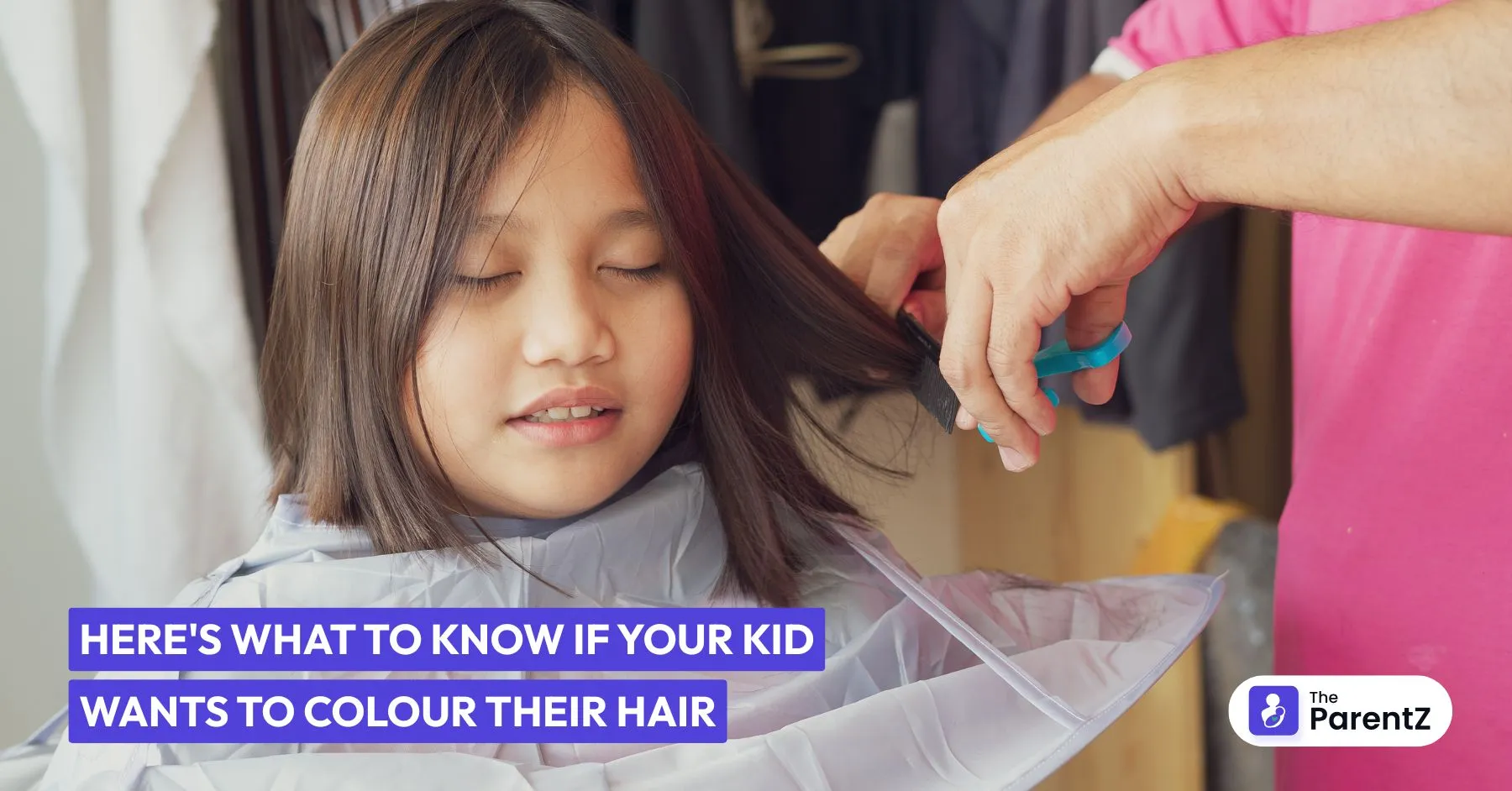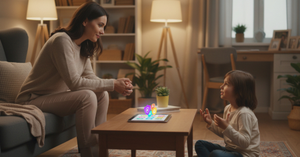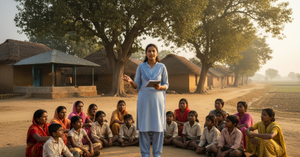The first time your child asks, “Can I dye my hair purple?” it can feel like a curveball. Whether they’re seven, eleven, or a teenager, the question often leaves parents wondering what’s too soon, what’s safe, and whether saying “yes” means opening the door to too much, too soon.
I remember when my cousin’s daughter, barely ten years old, proudly held up a can of teal spray-on hair dye she’d picked from a store. “Can I try this just for fun?” she asked. Her eyes were wide with excitement, and for her, it wasn’t rebellion, it was play. But for her mom, it stirred a mix of protectiveness, confusion, and the ever-familiar question: "Is this okay?"
Why Do Kids Want to Dye Their Hair?
Today’s kids are growing up in a world that celebrates bold expression. Hair colouring has become a symbol of creativity, personality, and sometimes even an exploration of identity. Whether it’s a streak of blue inspired by a favourite pop star or just a fascination with something different, the reasons can vary:
- They want to feel unique or artistic.
- It helps them feel more confident or “cool.”
- They’re influenced by social media, peers, or YouTubers.
- It’s a way to experiment with change in a safe, non-permanent way.
Understanding the motivation behind your child’s wish is key, it helps you respond from a place of connection, not conflict.
The Medical Perspective: What’s Safe and What’s Not?
As much as hair colour is about style, it’s also about chemicals. Many commercial hair dyes contain ingredients that can irritate, damage, or even cause allergic reactions, especially in children.
The most common concerns include:
Allergic Reactions: Hair dyes often contain paraphenylenediamine (PPD), a chemical known to cause skin allergies. Reactions can range from itchy rashes and hives to more serious symptoms like facial swelling or breathing difficulty.
Scalp Sensitivity: A child’s scalp is thinner and more delicate than an adult’s, making it more vulnerable to burns or irritation from chemical dyes, especially those containing ammonia or bleach.
Hair Damage: Kids have finer, less processed hair. Frequent colouring, bleaching, or heat-styling can weaken the hair shaft, leading to breakage, dullness, or split ends.
Chemical Absorption: Children’s skin can absorb substances more easily. While hair dye chemicals aren’t generally absorbed in large amounts, it’s still a concern for very young children.
Because of these risks, most dermatologists and pediatricians advise waiting until the teenage years, ideally after 12 or even 16, before using any permanent or semi-permanent chemical dyes.
Gentle Alternatives: A Safer Way to Start
If your child is younger or you're worried about safety, there are many fun, temporary options that allow them to experiment without exposure to harsh chemicals. These include:
Washable Hair Colour Sprays: These last for one day and wash out with shampoo. They’re great for school holidays, special events, or just a weekend of fun.
Hair Chalks or Crayons: Easy to apply and just as easy to wash out, these are non-invasive and safe for young scalps.
Hair Mascara: Works just like mascara for lashes, but for hair strands. A great option for adding streaks of colour without commitment.
Henna (with caution): Natural henna is plant-based, but it must be pure. Some commercial hennas are mixed with PPD or metal salts; always read the label or consult a dermatologist.
These temporary methods are ideal for younger children and can help you ease into the idea of hair colouring without making a big leap.
The Emotional and Developmental Angle
Let’s talk about the emotional side because this is about more than just hair. When a child asks to dye their hair, it’s often about self-expression, identity, or even belonging. As parents, we’re naturally wired to protect—but it helps to recognize that wanting blue tips or purple bangs isn’t necessarily a sign of rebellion.
Children use appearance to explore who they are. Allowing safe experimentation can actually:
- Build trust and communication
- Boost their confidence
- Show them that their choices matter
- Help them feel seen and supported
That doesn’t mean you need to say yes to everything. But instead of a quick “no,” try responding with curiosity: “What made you choose that colour?” or “Is this something you’d like to do just for fun, or do you feel it’s a part of your style?”
You may find that it’s just a phase or a sweet, meaningful step in their growth.
Practical Advice for Parents
If you’ve decided to say yes or even “maybe” here are a few helpful tips:
Do a Patch Test: Whether it’s a box dye or a salon product, always test a small amount of the product on your child’s inner arm or behind the ear 48 hours before full use to rule out allergies.
Avoid Bleach and Harsh Chemicals: These increase the risk of scalp damage and long-term hair issues. Stick to ammonia-free, demi-permanent, or temporary colour options.
Supervise the Process: Never let a child or tween apply hair colour alone at home. Better yet, book a session with a professional stylist who has experience working with young clients.
Talk to the School: Some schools have policies against unnatural hair colours. If that’s a concern, consider doing it over vacation or using washable alternatives.
Protect Their Hair Post-Dye: Teach your child how to care for coloured hair—hydrating masks, sulfate-free shampoos, and limiting heat styling all help keep their hair healthy.
If You’re Still Unsure
It’s okay to take your time. You don’t have to make a decision immediately. If you feel hesitant, explain your reasons. You can offer to revisit the idea in a few months or suggest starting with a temporary method. What matters most is that your child feels heard, not shut down.
Saying “no” can still be gentle: “I understand why you want to try this, and I love your creativity. Right now, I think it’s best to wait until your hair and scalp are a bit older. But let’s explore some fun, safe options together.”
Parenting is never about perfect answers, it’s about navigating moments with honesty and heart.
Final Thoughts
Hair grows. Colour fades. But the way we handle these moments with our children leaves a lasting impression. If your child wants to dye their hair, see it as an opportunity to teach them about care, choice, and self-respect, not just hair care, but personal care. By combining education, boundaries, and a little curiosity, you can help your child feel safe, loved, and supported in every shade they choose to explore.








Be the first one to comment on this story.